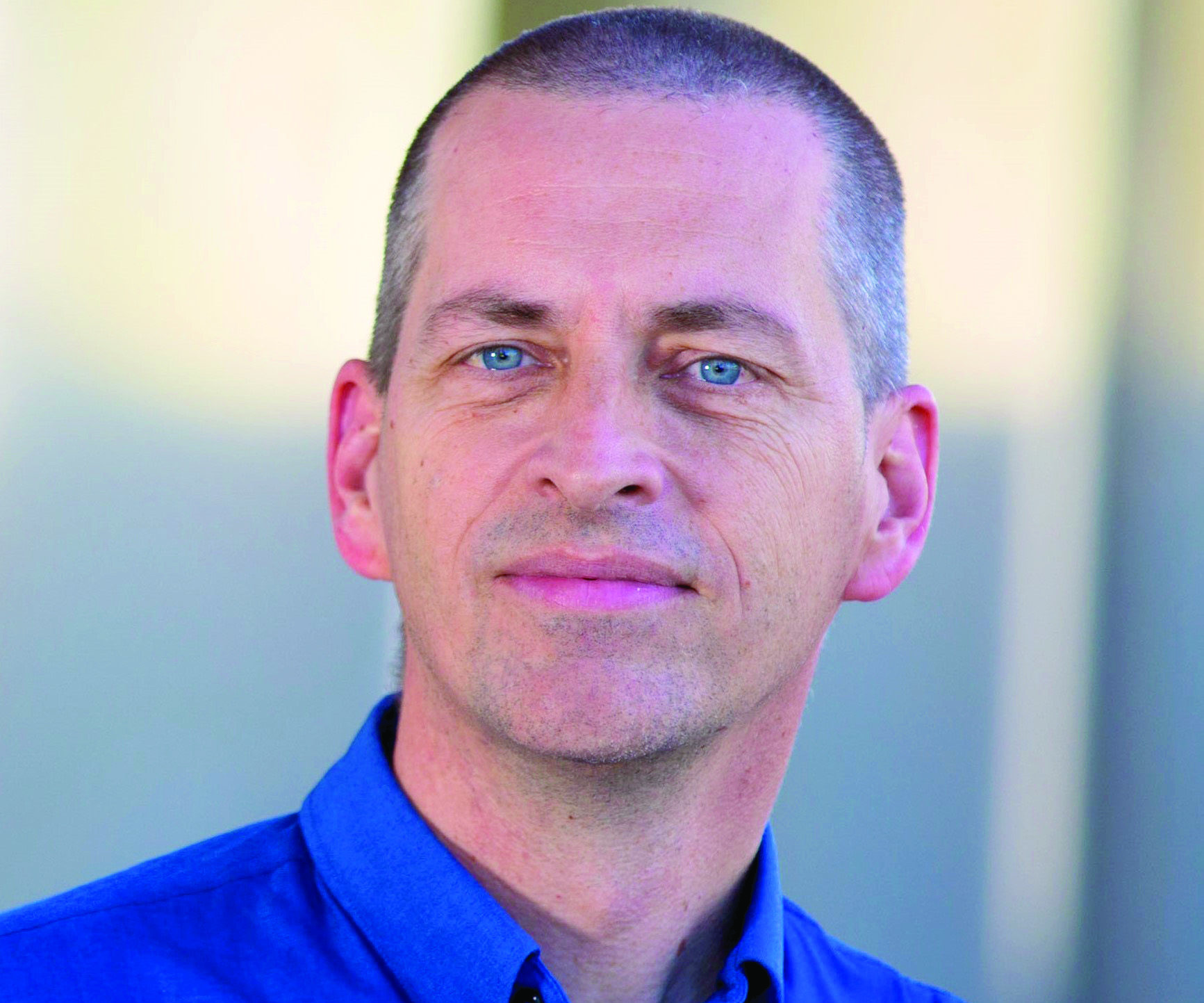
First announced at a University Senate Meeting in the spring, Georgia State welcomed a group of researchers from both the University of New Mexico and the Mind Research Network, a non-profit imaging center. This fall, the two seperate research groups came together to work at Georgia State.
These new researchers now combined to work at the Center for Translational Research in Neuroimaging and Data Science (TReNDS), which is now located on the 18th floor of 55 Park Place.
All of the researchers were brought over by one person: Vince Calhoun, the founding director and visionary of TReNDS, who also made the trip across the states to come to Georgia State.
But why did the researchers travel across the country to come here?
According to Calhoun, the university was interested in “making a mark” and “expanding their brain imaging portfolio.”
The TReNDS center researches the brain in a more general manner, meaning that the center is looking at healthy and unhealthy brains, normal and disordered brains and everything else in between.
With the analysis of brain imaging comes complicated data, especially for the unhealthy and disordered brains. What the center has developed and continues to develop are the techniques for making sense of the complex brain imaging data.
On a deeper level, there are several other, more specific projects going on. One of them is a research project focusing on using tools to analyze brain-imaging data in order to better understand and find features relating to abnormal human behavior, specifically psychiatric disorders like dementia and schizophrenia.
Another project is international, involving the study and research of the effects of city lights and the “greenness” of the environment on brain patterns using satellite imaging data and brain imaging data.
Sergei Plis, associate professor of computer science and working member of TReNDS, compared the tools involved, to simplify, as being similar to how google translate functions.
Although the center is located at Georgia State, TReNDS is a tri-institutional center shared between Georgia State, Georgia Tech and Emory University. This means that each institution contributes resources in some way to the TReNDS center, such as faculty or support for postdoctorales. Emory, specifically, contributes to the patient population and clinical expertise within psychiatry and neurology.
As work transferred to the state of Georgia, so did ten of the graduate research students involved with the center. But Georgia State lacked one thing: a graduate engineering program.
Because of this, the ten students involved transferred to Georgia Tech. Since the move, there are some postdoctoral research assistants who have joined the team from Georgia State.
Reliable and accurate data needs large and diverse sample sizes, according to Plis. With help from the growing neuroimaging community, TReNDS is able to receive data from across the nation and around the world. Some collaborators are in India, China, and England.
How is this possible? Doesn’t the Health Insurance Portability and Accountability Act, better known as HIPAA, protect patient data? What about ethical and legal issues? And why would researchers share data that they have worked years to develop?
As Plis explains it, TReNDS built a system that allows for the data to stay where it is and never leave the data center no matter the location.
“We can connect online using algorithms we developed to run around and collect certain data here and there in different data sets. We are sharing minimal information, and we still get the results we need as if all the data were still together,” Plis said. “We are kind of sharing without sharing and solving this problem of data sharing.”
Along with the data gathered around the world, the TReNDS center utilizes the Center for Advanced Brain Imaging, located near Georgia Tech. Here, you will find a 3-Tesla Siemens Prisma-Fit MRI system, which according to Calhoun is the most modern, cutting-edge scanner for research available.
The TReNDS center also developed some collaborative tools that are put into CABI so that other people can more easily get access to their data, share it, collaborate and anonymize it.
“The data will all get archived and analyzed in standard pipeline,” Calhoun said. “We speed up the process and eventually we’re planning to have that enable us to compute scores for the different brain imaging markers that we’re developing.”
What’s unique about the center, according to Jean Liu, an associate professor of computer science at Georgia State, is the strength of the team.
“We have a group of extremely trained engineers that can use very sophisticated algorithms to study brain imaging, which is not very common within other brain centers,” Liu said.
Other centers, Liu said, will have people with various backgrounds like neuroscience and psychology. Although this may be helpful in some respects, there are obstacles that present themselves in finding specific features when “big data” is presented, according to Liu.
This is where the “trained engineers” with “sophisticated algorithms” that the team relies on come in. Their job is to develop tools using the algorithms to help people in different professional backgrounds better understand and find the specific data they are looking for.
